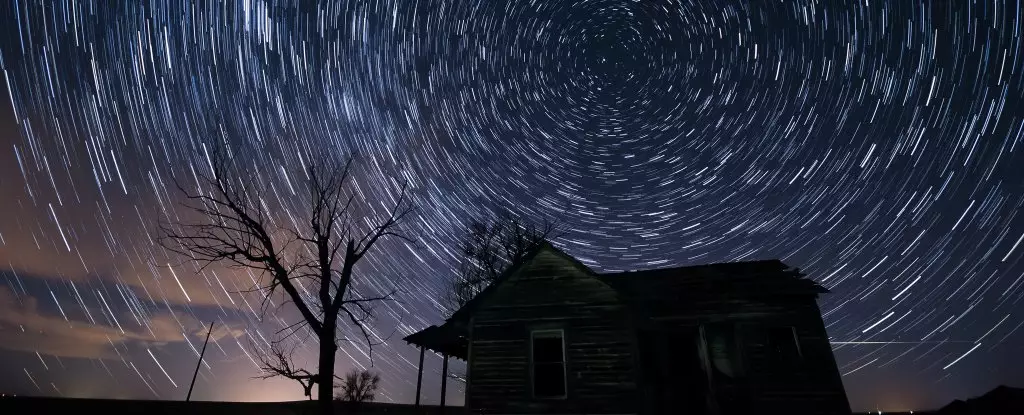As we embark on the year 2025, skywatchers can look forward to an array of astronomical events that will surely ignite their passion for celestial observation. The very first weekend of January invites enthusiasts to witness not only a spectacular meteor shower but also the elusive appearance of planets and illuminating phases of the Moon. With events lined up across the chilly nights of winter, January promises to be a month filled with wonder and excitement for astronomy lovers.
January’s sky brilliantly opens with the Quadrantid meteor shower, which peaks on January 4th. This particular shower is known for its impressive Zenithal Hourly Rate (ZHR) of around 80 meteors, making it a thrilling event for stargazers. The distinctive charm of the Quadrantids lies in their short-lived peak, which stretches over just a few hours and can easily be baffled by the often harsh winter conditions. Despite the 27% illumination of the waxing crescent Moon, conditions this year are favorable for observation — even a slight Moon presence doesn’t obscure the luminosity of the meteors.
The radiant point for the Quadrantids, hidden within the now-defunct constellation of Quadrans Muralis, lies between more recognized constellations like Draco and Hercules. This historical nod to astronomy underscores the importance of understanding the heritage of such celestial events. Observers across North America and Europe should note the mornings leading up to and directly following the anticipated peak, as late arrivals can occasionally enrich the skywatching experience.
As exhilarating as the Quadrantid shower may be, winter skywatching often presents challenges. Observing in January typically means facing cold weather, which can deter even the most dedicated enthusiasts. It’s essential for spectators to prepare adequately to brave the elements — warm clothing, hot beverages, and a commitment to ensure equipment, like cameras, remains functional in frigid temperatures. After all, the reward of witnessing these meteors racing across the dark canvas of the night sky can be well worth the initial discomfort.
Interestingly, while the Quadrantids dazzle overhead, Earth reaches perihelion on January 4th, coming as close as approximately 0.98333 astronomical units (AU) to the Sun. This phenomenon raises eyebrows in the Northern Hemisphere, where winter’s chill is most pronounced. Meanwhile, the southern half of the globe basks in the warmth of summer. The contrasting temperatures remind us how dynamic and captivating our solar system truly is. Understanding perihelion and aphelion — the farthest point from the Sun — prompts intriguing considerations about how these distances impact our perception of the Sun’s size and brightness.
On the same day, January 4th, skywatchers will have the opportunity to witness an extraordinary event: the occultation of Saturn by the Moon at around 17:24 UT. This occurrence is especially advantageous for those located in Europe, where the Moon’s crescent phase offers optimal conditions for observing this cosmic dance. With Saturn disappearing behind the Moon only to reappear moments later, this event will undoubtedly leave spectators in awe. As the planet’s rings momentarily vanish from view, this fleeting interaction serves as a reminder of the delicate balance of celestial bodies in our universe.
Moreover, this event kicks off a series of planetary encounters, as Saturn will again engage in another occultation on February 1st, providing additional opportunities for observers in different regions, such as the Arctic or Alaska.
The weekend of January 3rd and 4th showcases a delightful planetary spectacle as the Moon visits not only Saturn but also dances close to Venus in the night sky. The combination of these planetary bodies, along with Jupiter and Mars poised to follow, ensures that skywatchers have much to anticipate throughout January. Gianluca Masi, an esteemed astronomer, will offer virtual sessions for those unable to experience these events in person, adding an educational layer to the celestial celebrations.
As we commence another year of astronomical exploration, let us embrace the cold and the charming complexities of the universe. With the promise of a visually arresting sky during these winter evenings, enthusiasts old and new are called upon to join together in appreciating the wonders above. So grab your telescopes, prepare your hot chocolate, and enjoy the celestial gifts that begin filling our skies as we ring in 2025.

